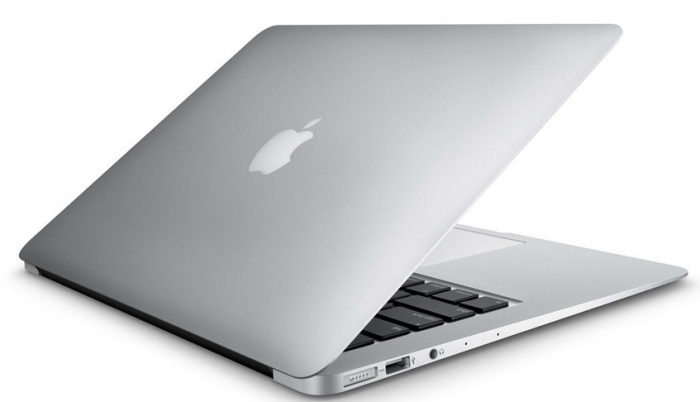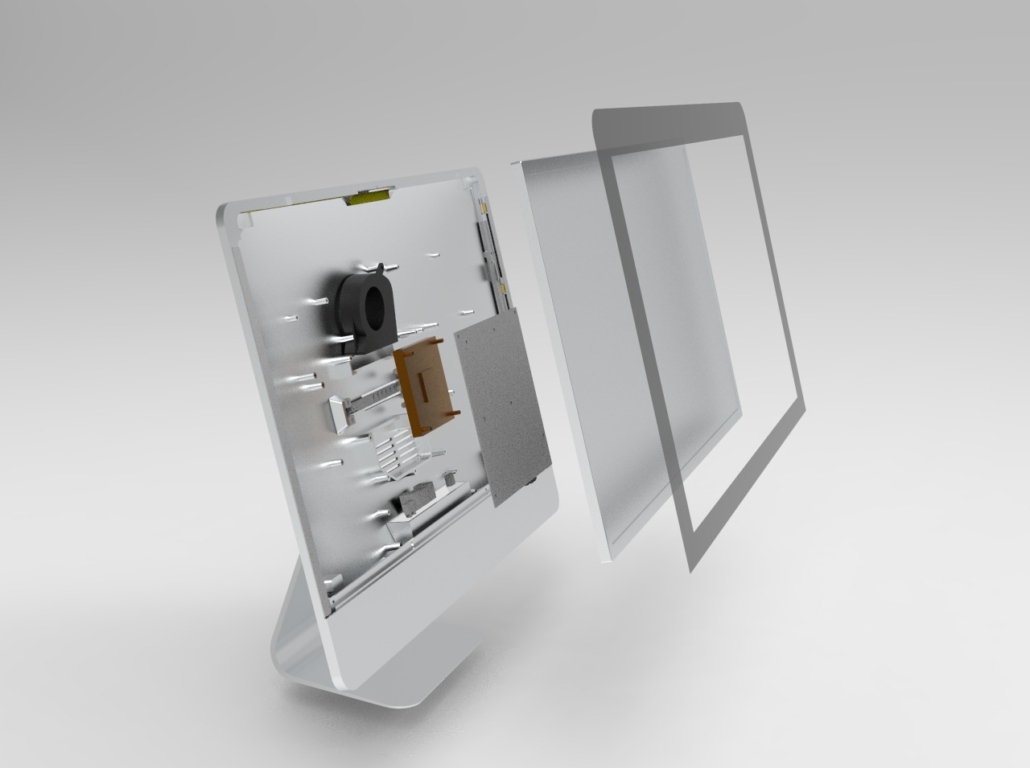Laptop shell design: Finding a balance between firmness and portability
In the history of laptop development, shell design has always been a key factor. For modern consumers, laptops are not only tools for work and entertainment, but also partners that need to be carried frequently and used at any time. This puts extremely high demands on the design of laptop shells – it is necessary to find a perfect balance between sturdiness and portability.

1、Material selection: the basis of strength and weight
The competition between durability and portability starts with materials, and each choice has unique trade-offs:
a. Aluminum alloy:
With its low density, high strength and corrosion resistance, its shell can not only effectively resist external impact, but also provide good heat dissipation performance for internal components.
For example, Apple’s MacBook series uses an integrated aluminum alloy shell process. Although the shell is thin and light, it is sturdy and durable, with high texture, and is deeply loved by consumers.

b. Magnesium alloy:
Magnesium is a newer competing material that is 30% lighter than aluminum while maintaining high strength. It is widely used in high-end laptops and some ultrabooks that are more sensitive to weight.
c. Carbon fiber:
Used in high-end models like the ThinkPad X1 Carbon, this material is featherlight and virtually unbreakable, making it perfect for frequent travelers. However, its high cost limits its widespread use.
d. Reinforced plastic:
While cheap, plastics tend to lack durability and are prone to scratches and cracks. To make plastic casings more durable, manufacturers have developed alloys that greatly improve their impact resistance.
2、Structural engineering: Thin but tough

Clever design tricks can enhance resilience without adding bulk:
a. Unibody construction:
Machined from a single block of aluminum (like the MacBook), which eliminates weak points at seams and improves structural integrity.
b. Reinforced edges and hinges:
Rounded edges absorb impact, while sturdy hinges (like those in 180-degree swivel laptops) prevent screen wobbling and withstand repeated use.
c. Honeycomb pattern:
Some rugged laptops have a honeycomb pattern embedded under the casing that disperses impact forces, like a car’s crumple zone.
The ideal laptop case combines intelligent material selection, precision engineering and user-centric design. The laptop of the future will have a strong and reliable shell, while having a thinner and more portable body, bringing a more perfect experience to users.




Leave a Reply
Want to join the discussion?Feel free to contribute!